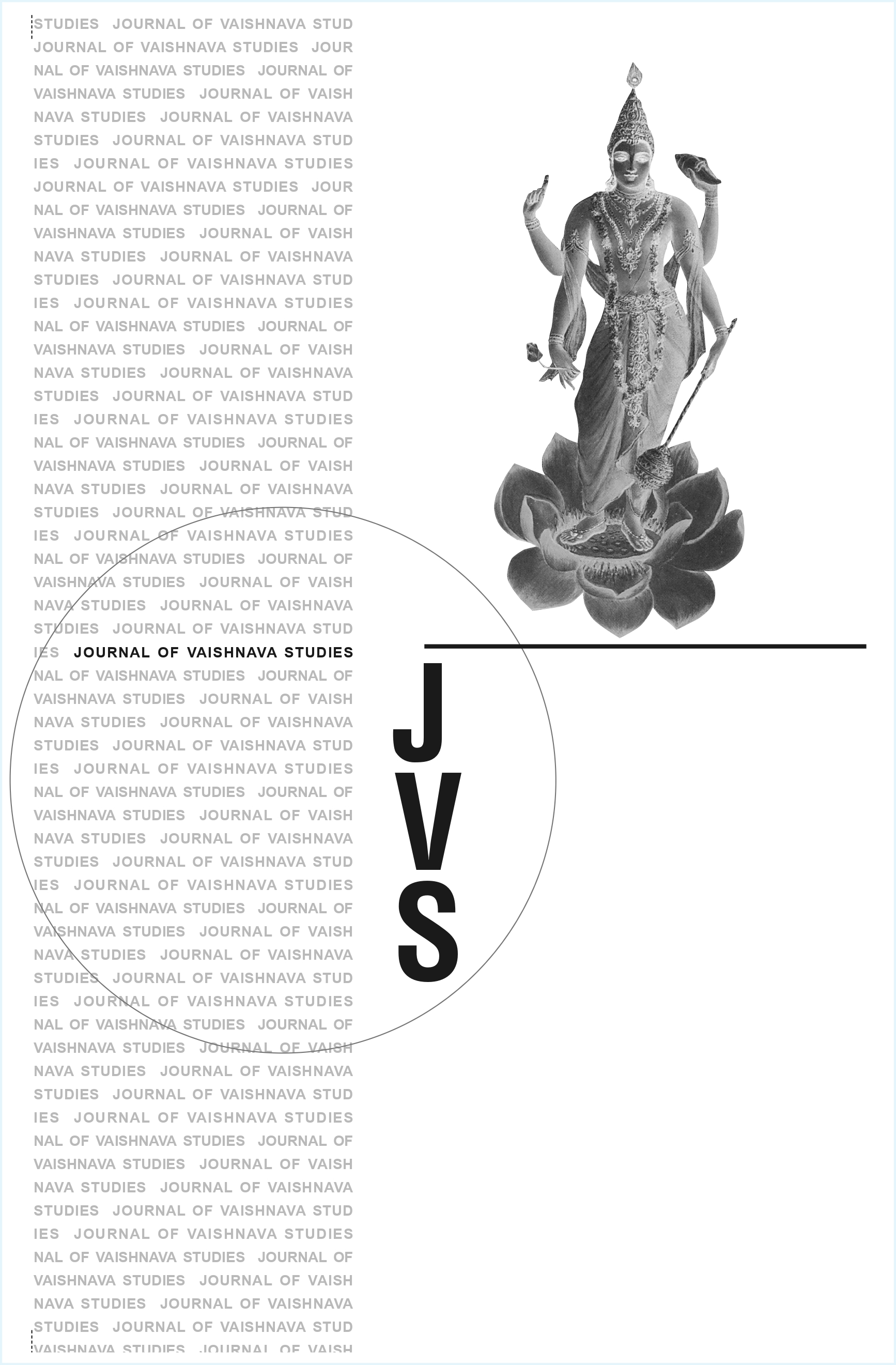ISKCON’s Link to Sādhana-bhakti within the Caitanya Vaiṣṇava Tradition
Keywords:
ISKCON, Sadhana-bhakti, Caitanya Vaishnava, Vaidhi-bhakti, Raganuga-bhakti, Varnashrama-dharma, Bhaktivinoda Thakura, Rupa Gosvami, Siddha-deha, Siddha-pranali-dikshaAbstract
The article "ISKCON’S LINK TO SADHANA-BHAKTI WITHIN THE CAITANYA VAISHNAVA TRADITION" by Shukavak Das examines the two primary modes of practice within Caitanya Vaishnavism: Vaidhi-bhakti-sadhana (exoteric, rule-based devotion) and Raganuga-bhakti-sadhana (esoteric, spontaneous devotion). The author notes that the International Society for Krishna Consciousness (ISKCON), a branch of this tradition, primarily emphasizes Vaidhi-bhakti, aligning with the focus of its Founder-Acarya, A.C. Bhaktivedanta Swami Prabhupada. The article delves into Thakura Bhaktivinoda's significant contributions, particularly his interpretation of Rupa Gosvami's system of Vaidhi-bhakti, stressing the importance of varnashrama-dharma (a socio-religious system) as a supportive environment for devotional practice. It clarifies Bhaktivinoda's nuanced view of varnashrama as a scientific and spiritually progressive system, distinct from the prevailing caste system. Furthermore, the article explores the transition from Vaidhi-bhakti to Raganuga-bhakti, focusing on the concept of siddha-deha (spiritual body) and the process of siddha-pranali-diksha, where a spiritual identity is conferred. Das highlights Bhaktivinoda's unique, more psychological and rational approach to this conferral compared to traditional mystical interpretations, showcasing how this lineage links sadhana-bhakti to the broader Caitanya Vaishnava tradition.Published
1998-06-20
Issue
Section
Articles





